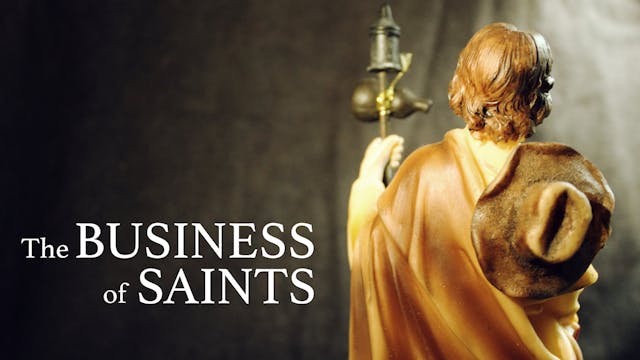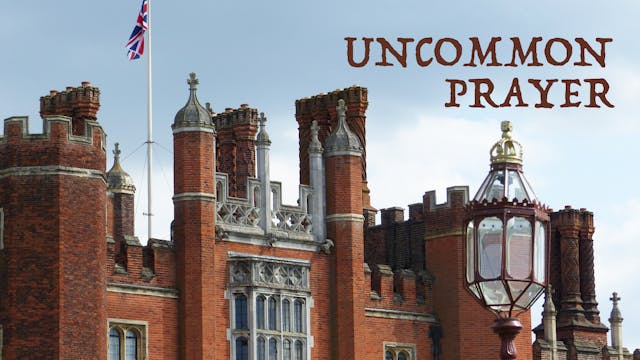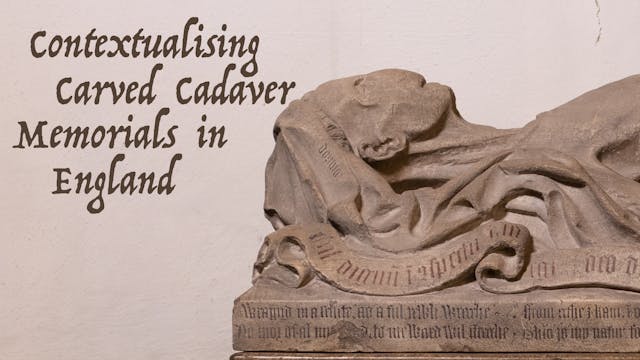Martin Travers and the Back to Baroque Movement
Our Free Lectures
•
54m
Martin Travers (1886-1948) was one of the leading church furnishers and stained glass artists of his generation.
His personal life was complicated but he managed to attract a primarily Anglo-Catholic clientele, particularly in the years after the First World War (when church furnishers were busy as never before or since) even though he was married to a divorcée and had lost his faith (or most of it) during the First World War. He also designed a very large number of memorials to those lost during the War when he himself had been a conscientious objector.
As time went on, his work broadened and the Back to Baroque Movement, which had begun about 1911 as an attempt to make the Church of England look less Anglican and more like the Counter-Reformation, ran its course. Perhaps because of his personal life and his association with Anglican Papalists, he did not receive the prestigious commissions which his talent merited. Then, shortly before his death, he was commissioned by HM the Queen to design an altar set for Jersey to commemorate its liberation. He was also asked to prepare a scheme for the enormous east window in the lady chapel of Ely Cathedral, but his design, which would have crowned his career, was shamefully rejected.
Michael Yelton has visited virtually every piece of work by Travers in this country and some of the few abroad. He has written a comprehensive book on him, entitled Martin Travers: His Life and Work, which was published by Spire Books in 2016.
Image: Madonna and Child, Martin Travers by Fr James Bradley (FlickR) (CC BY 2.0)
Up Next in Our Free Lectures
-
The Business of Saints
Give me my scallop-shell of quiet, My staff of faith…My scrip of joy…And thus I’ll take my pilgrimage.
These lines used by John Bunyan in The Pilgrim’s Progress, reveal, quite clearly, the importance of pilgrimage and journeying to visit the relics of saints throughout history. Affecting all wal...
-
Uncommon Prayer: The Tudor Chapel Roy...
In the 16th century, the Chapel Royal was both at the heart of the Ecclesiastical Establishment as the personal chapel of the Supreme Governor, but at the same time very much outside it, even for a time, maintaining, along with the Royal Colleges of Westminster and Windsor, a form of liturgy that...
-
Contextualising Carved Cadavers Memor...
This talk explores the carved cadaver memorials in England. It places them in their theological and vernacular religious context, as well as providing a little information on where they sit in relation to images of the dead in medieval culture, and their connection to the body. It also touches on...



